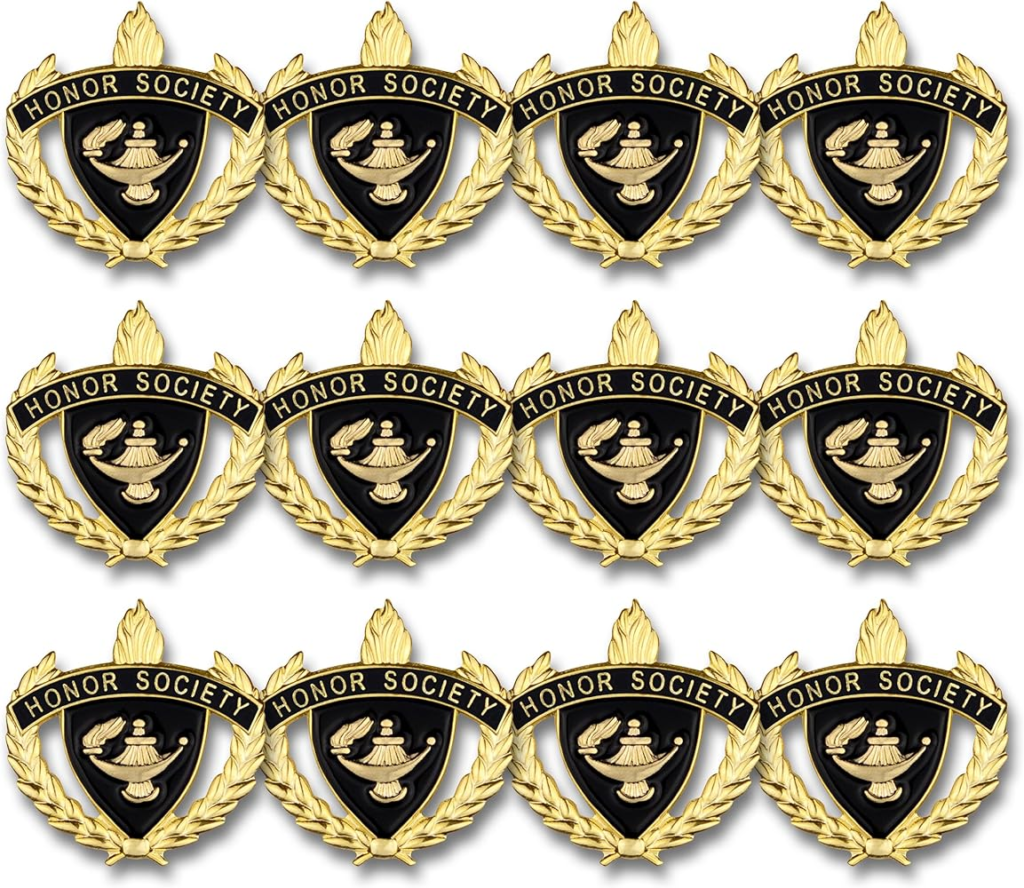Quality isn’t a word people toss around. If you’re looking for lapel pin badges, the best ones aren’t so thick on the ground that you can go online one moment and find them in the next. Research plays an essential factor in finding and getting what you need. But that’s why we’re here. If you’re looking for quality buys, here’s a list of questions to help you determine what to look for.

Are the design of your lapel pin badges legible?
Consider the design when shopping for lapel pin badges. You can easily get carried away when you find pins that hit some of your criteria. But look closer. Is the design legible? Some vendors might ask you to consider smaller sizes, which will save on costs.
However, if you reduce the pin size, will the design still work? Or will it lose impact and clarity? If your audience has difficulty reading the pin, that’s a failed product. Don’t let that happen. Go for the correct size instead of cutting corners at the cost of legibility.
What type and how thick is the base metal?
Some buyers think that a thick base metal means quality lapel pin badges. But the truth is, that the metal’s thickness is often an industry standard. The better qualifier is to determine the metal used for the base. Is it hard enamel? Is it soft enamel? Or is it thick and aluminium-based? The third option ranks the highest in quality. These days, though, some customers also request a hybrid or digital print, which means paper glued to the metal base.
What are the different pins they offer?
When choosing a vendor, consider which lapel pin types they offer. Do they have:
- Boutonnieres
- Floral lapel pins
- Stick pins
- Mini pins and badges
- Brooches
What is the enamel quality of your pins?
Check the paint. Is it clean? Does it stay within the lines, or is the colour blurry? Is it a mess? Check for imperfections or swirls. That’s a common issue with light colours in pins. It’s usually because dirt from the base metal messed up the colours.
Also, look at the letters. If you have a B, is it filled out correctly? Or is the colour outside the margins or lines? If the design seems cramped or smooshed, you may need to switch to bigger pin sizes. If you’ve tried a sample with identical results, the problem is with the vendor. Their pin bases or their equipment are not clean enough before they apply paint to the design, resulting in imperfections and swirls.
Is the backing in the centre or not?
The backing is the pointy length of the pin that you use to secure the pin to a garment. Is that placed in the middle? Not all designs require the backing in the centre. Some designs require that the backing be in a slightly off-centre position. But if your design doesn’t have those requirements and the backing is not in the centre, that’s a sign of low-quality results. That should be enough to get you to start looking for a new vendor.

What do the reviews say?
We live in a world where we can get nearly everything online. But because we buy items online, there’s a wealth of information and details. If you’re shopping for lapel pin badges, you can look at reviews and buyer testimonials. Are the shoppers happy and satisfied? That’s not to say you should get fixated on the reviews. It’s impossible to please everyone, so even the best vendors will get 1-star reviews.
What you can glean from that information, though, can be priceless. If they point to recurring issues or problems with the lapel pins, that can save you some time and trouble. You can look for pins elsewhere. That’s also how reviews help. If you see too many low reviews, that’s no longer a coincidence or a whim. Take that as a warning and steer clear of that vendor.
On Wearing Lapel Pins
Some people have the mistaken belief that you can put lapel pins basically at any point along the lapel. But the golden rule states that you should put those pins in the upper portion of the left lapel. That also tends to be where the lapel buttonhole is.
If you have a double-breasted suit, though, you’ll find buttonholes on both lapels. Don’t get confused in that case. The lapel should still go to the left-hand side. While there’s room for experimentation and play, it’s better to apply that to the pin’s design and not its placement.
What to Wear with the Pins Pins can be worn with almost anything. If you’re giving out the pins to a group for an event, you can encourage your audience to wear them on their shirt or sweater. However, pins leave holes or marks on clothes, so remind them that it may be better to wear the pins with sturdy clothes and to skip over delicate items

